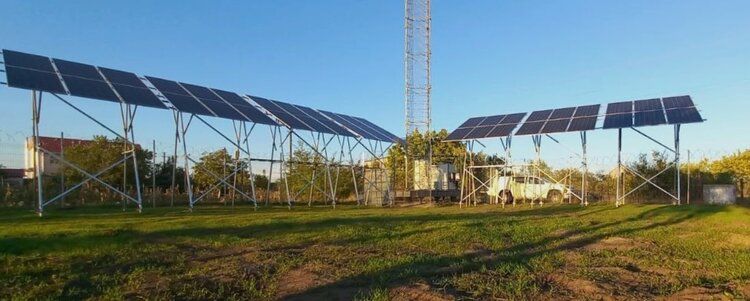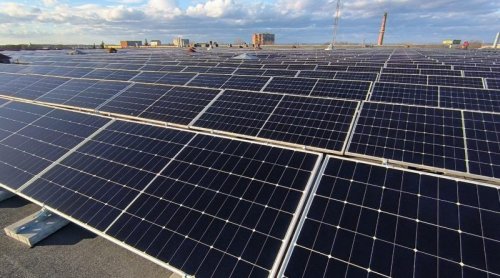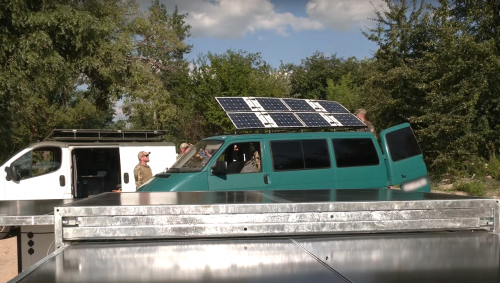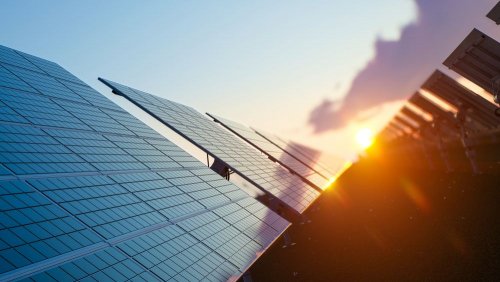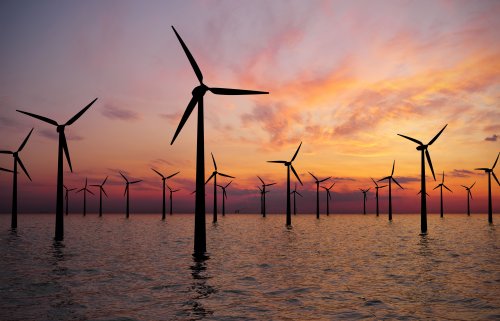Ukrainian mobile operators began converting their individual base stations to solar power.
So lifecell recently installed a SES at one of the stations in the South of Ukraine, a "Vodafone Ukraine" has had such a station near the Carpathian mountain Hoverly for 4 years, reports Mind.
The article noted that Kyivstar also planned to start a pilot project with solar panels in Kherson. However, due to a full-scale invasion, its start was postponed.
The press service of lifecell explained that the alternative power supply will help ensure stable communication during periodic Russian attacks on the energy system of Ukraine and fan outages.
"This type of energy has a number of advantages, such as: renewable and environmentally friendly, high technological processes with ease of operation and cost savings in the long term," the press service said.
The article noted that the base station on solar batteries "Vodafone Ukraine" has been operating for four years. It is located in one of the most difficult climatic regions of Ukraine – in the Carpathians, in the area of Mount Hoverla.
"There are no power distribution networks here, and communication is very necessary – this is one of the most popular locations among tourists and athletes from many countries. Having a connection in this area is not only convenient, but sometimes vital – in case of emergencies there is an opportunity to contact the rescue services. That's why we decided to use it right here," Vodafone Ukraine explained.
The press service of the company emphasized that the SES in the Hoverly area fully justified itself. However, there are certain nuances that directly affect the functioning of the facility:
- the power that green energy sources are able to generate is highly dependent on weather conditions. Gloomy weather, short daylight hours in Ukraine in winter, precipitation in the form of snow and surface contamination of solar panels reduce the power of the power plant, which must be compensated by additional sources;
- the panels must be cleaned of snow and dust to increase the efficiency of the solar power plant;
- there are risks of vandalism, theft of equipment and its damage due to armed aggression of the Russian Federation.
The material emphasized that at present, one turnkey 20 kW network solar station costs $13,000-15,000. Its cost depends on the type and required power, and the estimated payback period is up to 5 years.
The authors also noted that lifecell plans to scale up the use of SES for base stations if the pilot project is successful.
"Taking into account our climatic zone and the mentioned factors, the decision to use SES is not economically and technically justified for widespread use at the moment. Taking into account the cost of the equipment, first of all – stated in the press service of "Vodafone Ukraine". – The SES can be an alternative for supplying electricity to BS in hard-to-reach areas, or where connection to existing electrical networks is a problematic issue. In order to ensure uninterrupted power supply to the base station, it will be most effective to consider the use of SES in combination with other sources of power supply."
Kyivstar is still evaluating and listing the business case.
As EcoPolitic reported before, mobile operator lifecell started a pilot project with powering base stations from solar panels with a total area of 84 m2, producing up to 16 kW of energy.

